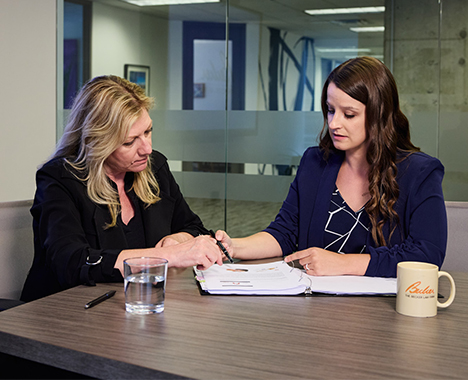Schedule a Consultation
216-621-3000Schedule a Consultation
216-621-3000Cerebral palsy is an umbrella term for medical conditions that result from disrupted development or damage to an area of the brain that is responsible for posture and muscle movement. The severity can vary from mild problems with muscle control to complete inability to walk, difficulty speaking, and intellectual disability. The medical challenges of cerebral palsy are well documented. It is also understood that cerebral palsy affects the entire family. However, the economic impact of the condition is often overlooked.
There are a number of reasons why raising a child with CP is financially challenging:
For families raising children with cerebral palsy, the answer may come as a surprise. A CDC report estimated that the direct and indirect costs of cerebral palsy to the nation are more than 11 billion dollars ($11,000,000,000) every year. Here’s how those costs are broken down:
The same CDC report also estimated that the average lifetime cost for a person with cerebral palsy is more than $900,000 including the indirect costs, direct medical costs, and direct non-medical costs mentioned above. In addition, it should be noted that family members who care for children with cerebral palsy may suffer lost wages from time taken off work. Families may also have to bear the expenses for some treatments and ER visits out-of-pocket.
The cost of raising a child with cerebral palsy varies depending on the severity of the condition and the reimbursement practices of the family’s insurance company. It is noteworthy that the above estimates are based on the 2003 dollar. Today, the cost is likely greater on account of inflation. Finally, it should be noted that this estimate excludes any compensation for the pain and suffering endured by the child and family.
The most obvious safeguard against medical expenses related to cerebral palsy is health insurance. In addition, families of children with CP can seek financial assistance from:
Although the costs are significant, the financial impact of cerebral palsy is not insurmountable. For families caring for a child with cerebral palsy, perhaps what is most important is financial planning to secure the child’s future.

